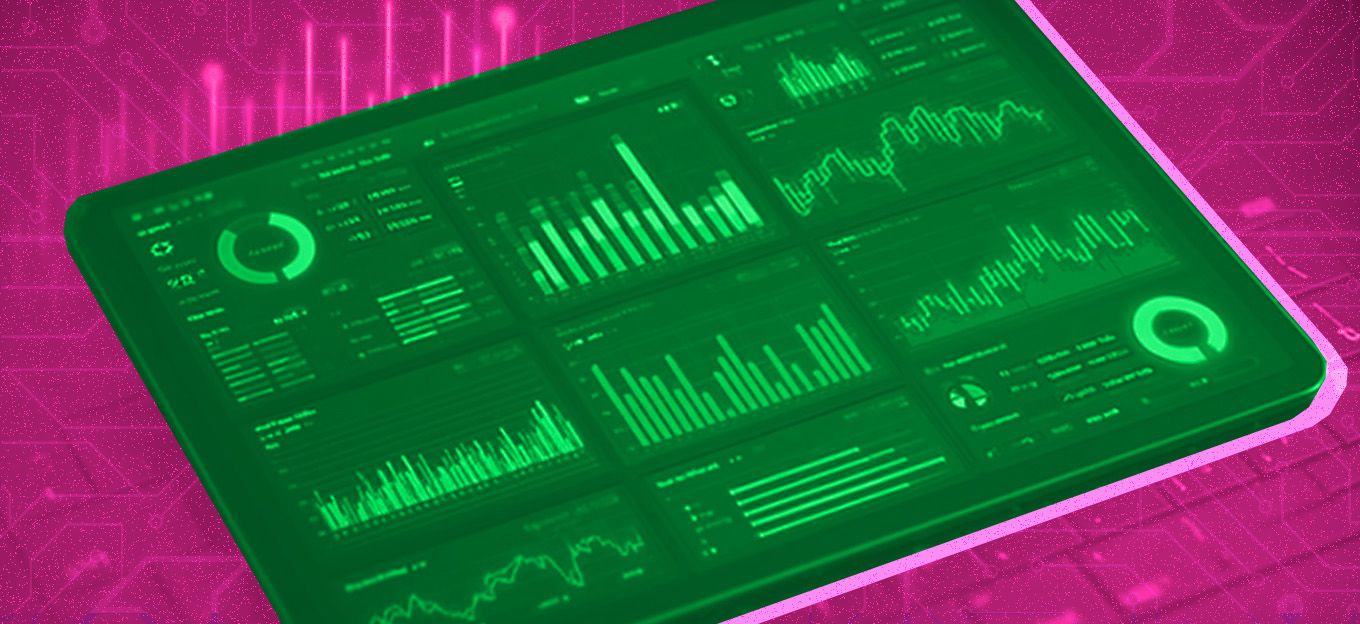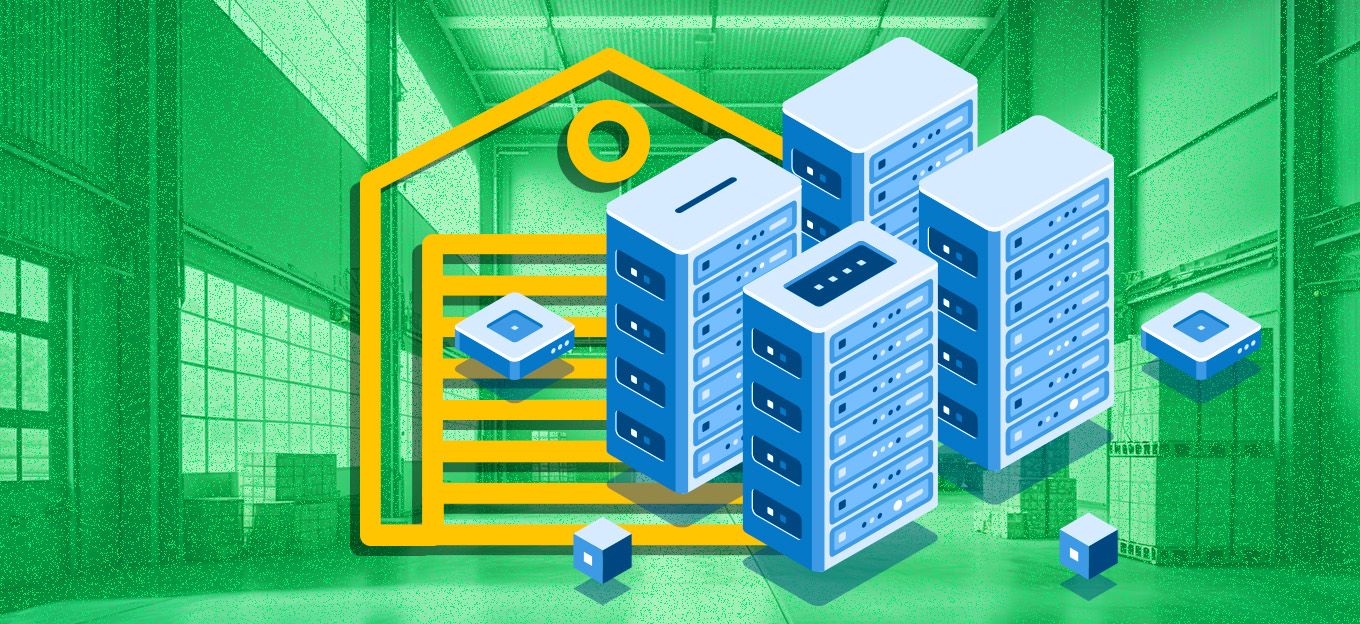Protecting Privacy in the Age of IoT
Protecting Privacy in the Age of IoT
- Last Updated: December 2, 2024
IoTeX
- Last Updated: December 2, 2024



We are at a crossroads, and how we move forward will determine the future of our personal privacy. It is no secret that, as the world becomes increasingly digital, people are often forced to accept a trade-off between their personal privacy and utility. Whether we are checking our emails, looking up map directions on our phones, or ordering new shoes online, the services we use collect – and profit from – our personal data.
Today, with the proliferation of internet-connected devices, the risks to our privacy are higher than ever before. Virtual assistants, personal security cameras, wearable tech, and other smart devices mean that the data collected by tech companies is no longer derived from our digital presence alone – data is collected from our homes, our cars, and our bodies. We must come up with new solutions to protect our right to privacy.
Connected Devices and User-Generated Data
Smart devices are quickly becoming a part of our lives. In 2020, there were more than 20 billion connected devices globally, of which the average American owns eight. In fact, last year, a new smart light bulb was installed approximately every second. These statistics are significant – and they are just the beginning. It is estimated that by 2025 there will be 86 billion connected devices comprising the Internet of Things (IoT), a near tripling of the current state. These devices will undoubtedly make our lives easier by automating mundane tasks, but they will also collect an enormous amount of personal data. While we are somewhat accustomed (though we shouldn’t be) to having our online activities monitored, analyzed, and sold, we are certainly not prepared for the same to be true of our day-to-day “real world” existence – especially in our own homes. With IoT expected to generate 80 zettabytes (one trillion gigabytes) of data per year by 2025, we have to ask what will happen with this data.
As IoT becomes more popular, protecting privacy and user data should be a top priority.
User-generated data is precious. It is well-known that many tech corporations commodify it, profiting from studying the data to predict user behavior, sell targeted advertisements, and maximize click-through rates. Today, unmasking private data, manipulating user behavior, and profiting at the expense of user privacy are the lifeblood of many corporations. To these organizations, smart devices represent the next frontier for data collection. Since the richness and sensitivity of data from the real world greatly outweigh its digital counterparts, Big Tech has been making its way into space. Behemoths such as Google and Amazon have spent billions of dollars acquiring the likes of Nest, Fitbit, Ring, and PillPack for their data, giving the tech giants an inside look at our homes and bodies.
If this does not concern you, it should. Big Tech’s treatment of our digital data suggests that there will be nothing private about how this new, highly intimate data is managed. In fact, Amazon’s approach to these technologies is already raising a few eyebrows. To aggressively expand Ring, Amazon made over 900 partnerships with police agencies in 44 states. In exchange for supporting the installation of Ring smart cameras, the police gain access to Ring’s Neighborhood Watch Portal, a tool that allows police to request video footage directly from Ring users without a warrant. Our civil liberties are at stake. As Big Tech permeates our physical lives and the digital, we will become inseparable from the data we generate, and personal privacy will become a thing of the past.
How Device Owners Can Own Their Data Too
But it does not have to be this way.
Recent technological developments allow us to shape our future to be open, democratic, and privacy-respecting. The problem is that today, we are basically using the same information networks that emerged in the 1980s, which were designed for free access, public data, and global sharing rather than privacy. The infrastructure, applications, and devices we use are not equipped to handle our growing privacy concerns. Fortunately, new technologies with built-in trust, such as blockchain and secure hardware, can pave the way towards a secure, private IoT. The key to protecting our privacy will be implementing these technologies to create products that prioritize “privacy by design.”
“Privacy by design” advocates for new technology to be private by default. By prioritizing privacy as a “must-have” from the initial design stage, we can lower our reliance on regulation or the goodwill of corporations to protect our privacy; instead, privacy will be guaranteed at the technological level. Our new tools enable us to develop devices and applications with exceptional user experience and end-to-end trust that, above all, protect our data.
Blockchain and secure hardware have the double benefit of protecting users from malicious hacks and giving data ownership back to the user. Secure hardware, such as the type of secure chip found in most credit cards, can protect each physical device from duplication or imitation. Similarly, with sensitive information written to an immutable, decentralized blockchain, a user’s data not only becomes impervious to tampering, but it comes to be owned by the user directly. With blockchain, instead of corporations dictating what happens to our data, users have the choice to keep their data completely private, share it with other users, or authorize its use to corporations. We have the technology to flip the power dynamic and give the people control over their own data – we now have to implement it.
IoT is here. We must decide how we want it to evolve. Will we make the same mistakes we made with our digital presence, or will we look to build a trusted, secure, and fully private infrastructure? The choice is ours.
The Most Comprehensive IoT Newsletter for Enterprises
Showcasing the highest-quality content, resources, news, and insights from the world of the Internet of Things. Subscribe to remain informed and up-to-date.
New Podcast Episode

Moving Past the Pilot Phase in IoT and AI
Related Articles





